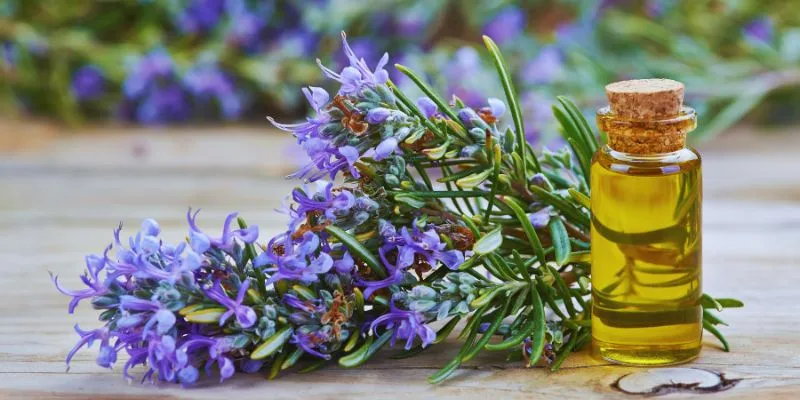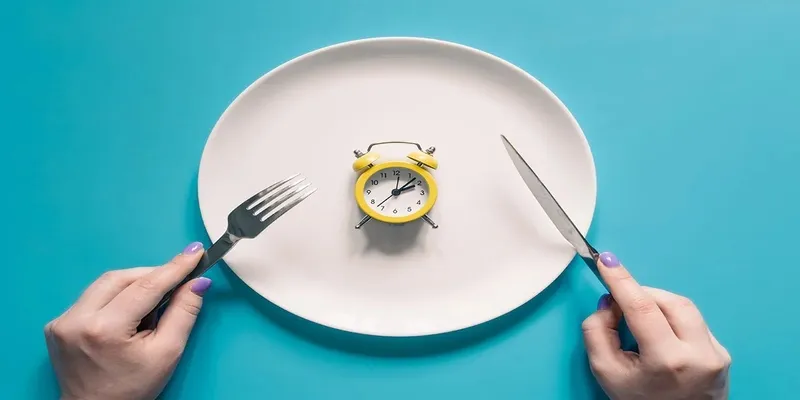Why Do People Take Siestas? A Simple Explanation
A siesta is a tradition of taking a short rest or nap in the middle of the day, often after lunch. It is common in many cultures, especially in warmer countries where afternoons can be hot and draining. The practice helps refresh the body and mind, allowing people to feel more energized for the rest of the day. Siestas have been a part of daily life for centuries and are still seen as a way to balance work, relaxation, and health in today’s busy world.
The History of Siestas

The word “siesta” comes from the Spanish word “sexta,” meaning “sixth hour.” It refers to the sixth hour after dawn, which is usually around midday. This was traditionally the hottest time of day in Spain and other Mediterranean countries, making it difficult to work or engage in physical activities. Therefore, people would take a break during this time to rest and avoid exhaustion.
The concept of siestas dates back thousands of years, with evidence found in ancient Greek and Roman texts. Historical records also show that siestas were common among indigenous peoples in South America and Africa. However, it wasn’t until the Middle Ages that the siesta became a widespread practice in Europe, particularly in Spain and Italy.
Benefits of Taking a Siesta
Siestas have numerous health benefits, both physical and mental. Here are a few reasons why taking a midday rest can be beneficial:
1. Improved Alertness and Productivity
A short nap can increase wakefulness, boost mood, and enhance cognitive efficiency. Research indicates that even a brief nap of 20 to 30 minutes can lead to better concentration, increased attention span, and faster reflexes. This boost in efficiency is particularly beneficial for individuals with a packed work schedule or those requiring constant focus during the workday.
2. Reduced Stress Levels
Intermittent breaks help the body release tension, reducing stress levels. Siestas are known to lower cortisol levels, the stress hormone, helping people feel refreshed and balanced. This period of relaxation can lead to improved health and emotional well-being.
3. Support for Heart Health
Several studies suggest that regular naps can enhance heart health. Research indicates that siestas can help regulate blood pressure and prevent cardiovascular disease. A midday nap allows the body to rest and restore energy, which is crucial for overall heart health.
4. Enhanced Memory and Learning
Napping supports memory consolidation, the process of transferring new information to long-term memory. A siesta can help the brain process and retain information more effectively, making it beneficial for students or individuals learning new skills. Additionally, napping has been linked to improved creativity and problem-solving abilities.
5. Improved Physical Performance
Taking a siesta can also benefit physical performance and exercise. A midday rest can reduce fatigue, alleviate muscle soreness, and improve energy levels, making it easier to engage in physical activities later in the day.
Siesta Traditions Around the World
While siestas are most commonly associated with Spain and other Mediterranean countries, similar practices can be found in different parts of the world:
Latin America
Many countries in Latin America have a tradition of taking siestas, known as “la siesta.” In Mexico, for example, it is common for businesses and shops to close during the hottest part of the day for a two-hour break, providing time to spend with family or friends.
Asia
In some Asian cultures, such as Japan and China, it is customary to take a short nap after lunch, known as “inemuri” or “zazen.” This practice is seen as a way to improve work efficiency and productivity.
Africa
In many African countries, taking a midday rest is part of the daily routine. In some cultures, it is even considered disrespectful to visit someone’s home during siesta time.
Modern Attitudes Towards Siestas
In recent years, the practice of taking siestas has decreased in popularity, especially in developed countries. Longer working hours and busy lifestyles often leave little time for rest during the day. However, there is a growing movement promoting the benefits of napping, encouraging employers to offer nap rooms or allow employees to take short breaks for rest.
With increased awareness of mental health and well-being, many companies recognize the importance of work-life balance and incorporate siesta-like activities into their workplace culture. This includes mindfulness exercises or designated break times for employees to relax and recharge.
Tips for Incorporating Siestas into Your Routine

If you’re looking to add a siesta to your daily routine, here are some tips to help you get started:
- Set an alarm: Keep your siesta short, around 20-30 minutes. Setting an alarm can help you avoid oversleeping and feeling groggy afterward.
- Create a comfortable environment: Ensure the room is quiet, dark, and cool to promote better sleep and relaxation.
- Be consistent: Try to take your siesta at the same time every day to establish a routine and help your body adapt to this new habit.
- Avoid caffeine before napping: Caffeine can interfere with your ability to fall asleep quickly. If planning a siesta after lunch, limit caffeine intake beforehand.
Conclusion
Siestas may have originated as a way to escape the midday heat, but they have evolved into a beneficial practice with numerous health benefits. Whether you live in a culture that embraces siestas or not, incorporating short periods of rest and relaxation into your daily routine can be highly beneficial for your overall well-being. So why not give it a try and see how taking a midday break can improve your productivity, reduce stress levels, and enhance your overall quality of life? The next time you feel exhausted or overwhelmed during the day, take some time to rest and recharge.











